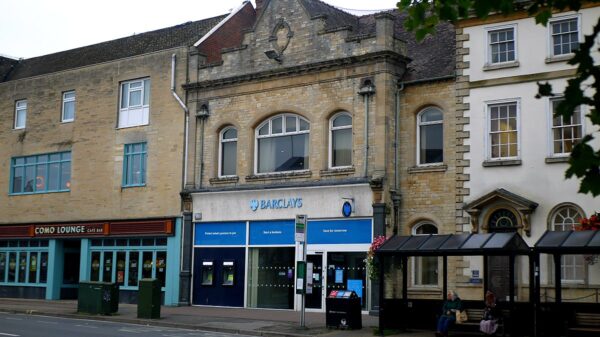
According to figures released under the Freedom of Information Act (FOI), 15.9% of all shops and retail outlets in the UK now lie empty. The figures obtained by international advisory firm, Duff & Phelps, quantify the scale of the challenge facing the UK high street after one of the toughest trading periods since the 2008 recession.
These findings, which were made last month, follow on from a report made earlier this year by the Local Data Company and estate agency, Knight Frank, which showed that the proportion of high street shops lying empty has risen from 5.4 per cent in late 2008 to 12.8 per cent in March. This equates to 19,806 vacancies out of 154,869 shops are vacant, not including banks, restaurants, cafes, bars and other leisure outlets such as hairdressers or nail salons.
The Managing Director, Restructuring Advisory at Duff & Phelps, Philip Duffy, stated: “Getting an accurate picture of the real health of the high street is difficult, but by using FOI, we managed to gain valuable insight into what local authorities are experiencing. With a total of 418 councils in the UK, our mean average indicates that the total number of retail units that now lie empty stands at 50,578, or an average of 121 empty retail units per council.”
There were 319,000 retail businesses in 2018 according to the ONS. Given this figure, it is believed that the void rate now stands at 15.9% of the total.
Duff & Phelps’ figures are in line with those released by the retail analyst firm Springboard, which found that vacancy rates are now running at around 10%. But its figures differ in that local authorities under FOI have released them, so arguably they should be more reflective of the reality on the ground, as an empty retail unit does not necessarily mean it’s vacant and available for lease.
Retail is one of the most important markets in the UK, with its economic output in 2017 equating to £92.8bn, employing some 2.8 million people and comprising of some 319,000 businesses. But 2018 turned into the “year of crisis” for the retail sector. In the first 100 days of 2018, some 18 mid- and large-sized retailers collapsed, impacting more jobs than in the entire year prior—this has appeared to be the trend in the first half of 2019.
It is estimated that business rates are the equivalent of 2.3% of overall business costs for a traditional brick and mortar retailer, compared to just 0.6% for pure-play online retailers.
Duffy continued, “The impact on local government cannot be underestimated either. FOI also identified that 91% of UK local authorities are retail landlords in their own right. Empty units mean lost rental and business rates income, all at a time when many local authorities are reporting increased financial pressures. “The old financial model of the traditional brick and mortar retailer—based on a high street or shopping centre built around them in the post war era—was centred on regular increases in sales and 25-year leases with upward rent reviews only. As a result, it has meant high rents and occupancy costs. This has blown apart as a result of both the discounters and the dramatic uptick in online sales. The remaining question is whether this picture continues throughout 2019 and if so, at what speed?”.














